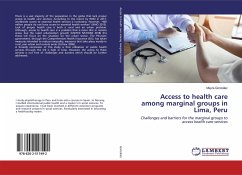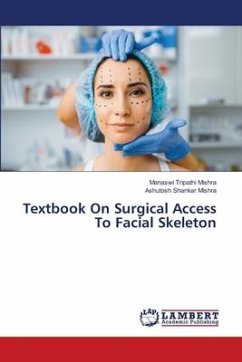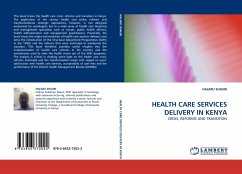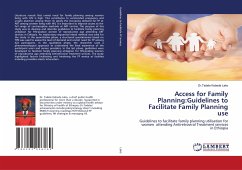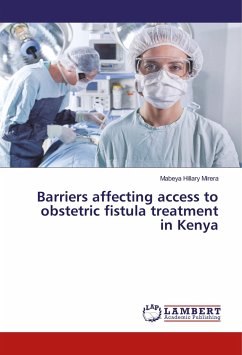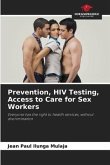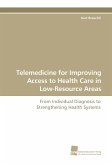There is a vast majority of the population in the globe that lack proper access to health care services. According to the report by WHO in 2017, worldwide access to essential health services is increasing. However, "400 million people do not have access to essential health services" (WHO 2015). Lack of proper health care is both a rural and an urban problem. Although, access to health care is a problem that is more dire in remote areas, due the rapid urbanization growth (UNITED NATIONS 2018) this thesis will focus on the situation on the urban sector. The Peruvian government, through the Comprehensive Health Insurance (SIS), has taken measures intended to reduce inequality, measures that take place mostly in rural, peri-urban and remote areas (Cotlear 2006). A broadly conclusion of this study is that utilization of public health services through the SIS is high in Lima. However, the access to these services is not free of challenges and barriers which should be further addressed.
Bitte wählen Sie Ihr Anliegen aus.
Rechnungen
Retourenschein anfordern
Bestellstatus
Storno

